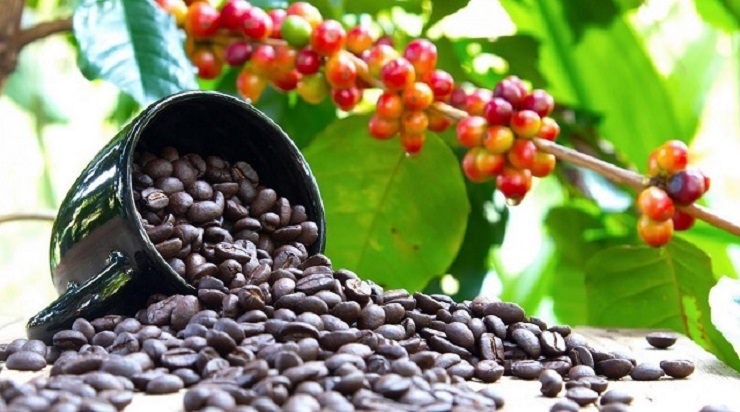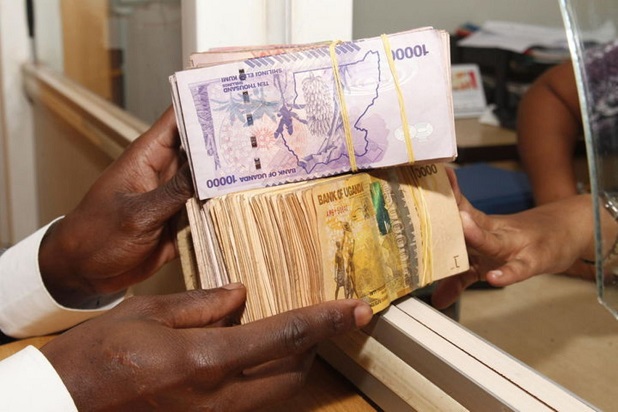A photo montage of some bank CEOs
A number of banks are battling with customers who have failed to repay loans worth Shs1.1 trillion as of 31st December 2021.
Commercial banks are required by law to publish their financial statements/results for the previous year (which ends every 31st December) in a national newspaper before May of the following year.
It’s against this background that banks have recently been releasing/publishing their audited financial statements for the year ended 31st December 2021.
This website has exclusively compiled and analyzed the results so as to help customers, partners and stakeholders of these financial institutions to know how their banks performed as well as help them make informed decisions.
This analysis is also important for students with a bias in banking finance as well as policy makers.
NPLs-2021According to the results, total industry Non-Performing Loans (NPLs) increased to Shs1.1 trillion in 2021, up from Shs1 trillion registered a year earlier.
A Non-Performing Loan (NPL) is a loan in which the borrower is in default and hasn’t made any scheduled payments of principal or interest for a certain period of time. In banking, commercial loans are considered nonperforming if the borrower is 90 days past due.
NPLs are subject to late repayment or are unlikely to be repaid by the borrower.
Banks With huge NPLs
According to the Bank of Uganda, NPLs are considered high when the NPL ratio exceeds 5%. NPL ratio is the ratio of the amount of NPLs in a bank’s loan portfolio to the total amount of outstanding loans the bank holds.
The analyzed financial statements for all the 26 banks show that total industry NPL ratio stands at 6.4% as of 31st December 2021.
Banks with huge NPLs
Tropical Bank that is headed by Abdulaziz Mohamed Mansur as Managing Director has the highest NPLs in the market.
Tropical’s NPL ratio is 31.3%. The bank’s NPLs increased to Shs37.51bn in 2021, up from Shs28.8bn in 2020. Its loans advanced to customers stood at Shs119.67bn as of 31st December 2021.
It is followed by dfcu Bank. The bank’s NPL ratio is 18.14% as of 31st December 2021. This is after its NPLs increased to Shs274.04bn in 2021, up from Shs94.09bn recorded a year earlier.
Dfcu’s loans advanced to customers in 2021 stood at Shs1.51 trillion.
Ecobank also has huge NPLs. It occupies the third position with NPL ratio of 15.4%. Ecobank is headed by Grace Muliisa as Managing Director. She has a big task of turning around the bank because the Pan-African bank extended loans to customers worth Shs91.4bn in 2021. The bank’s NPLs increased to Shs14.1bn in 2021, up from Shs13.8bn recorded a year earlier.
Mumba Kalifungwa, the Managing Director of Absa Bank Uganda also has a huge task of reducing NPLs. The bank’s NPL ratio stands at 15.1%. Absa’s NPLs reduced to Shs198bn in 2021, down from Shs234.5bn in 2020. This is against Shs1.3bn net loans advanced to customers in 2021.
It is followed by NCBA that is headed by Mark Muyobo as Ag. Managing Director. The bank’s NPL ratio stands at 10.23%. This is after its NPLs reduced to Shs22.39bn in 2021, down from Shs52.5bn recorded a year earlier. The bank advanced loans worth Shs218.84bn to customers in 2021.
In 6th position is Finance Trust Bank that is headed by Annet Nakawunde as Managing Director. The bank’s NPL ratio is 8.34%. This is after its NPLs increased to Shs20.25bn in 2021, up from Shs10.84bn recorded a year earlier.
This is against loans worth Shs242.52bn the bank extended to customers in 2021.
Opportunity bank occupies the 7th position. Headed by Owen Amanya as the Ag. Chief Executive Officer, Opportunity’s NPL ratio is 8.14%. This is after its NPLs increased to Shs10.8bn in 2021, up from Shs5.44bn in 2020. This is against loans worth Shs132.53bn the bank extended to customers in 2021.
It is followed by Cairo Bank Uganda that is headed by Sylvia Jagwe Owachi. The bank’s NPLs increased to Shs8.73bn in 2021, up from Shs5.46bn recorded a year earlier. With loans worth Shs121.49bn extended by the bank to customers in 2021, this gives Cairo Bank the NPL ratio of 7.18%.
PostBank occupies the 9th position in as far as banks with huge NPLs are concerned. PostBank’s NPLs increased to Shs30.4bn in 2021, up from Shs12.66bn recorded a year earlier. The bank extended loans worth Shs454.8bn to customers in 2021. This gives the bank the NPL ratio of 6.68%.
Housing Finance Bank completes the top 10 banks with biggest NPLs. Headed by Michael Mugabi as Managing Director, Housing Finance Bank saw its NPLs slightly reduce to Shs40.5bn in 2021, down from Shs41.1bn recorded in 2020. With loans amounting to Shs675.3bn extended to customers in 2021, this gives the bank the NPL ratio of 5.9%.
It is followed by Exim Bank that is headed by Henry Lugemwa Kyanjo as CEO. The bank’s NPLs reduced to Shs12.54bn in 2021, down from Shs14.48bn in 2020. With loans amounting to Shs212.89bn extended to customers by the bank in 2021, Exim’s NPL ratio is 5.89%.
It is followed by KCB Bank in 12th position. Headed by Edgar Byamah as Managing Director, KCB’s NPL ratio stands at 5.4%.
This is after its NPLs reduced to Shs19.76bn in 2021, down from Shs22.97bn in 2020. The bank advanced loans worth Shs365.7bn to customers in 2021.
It is closely followed by Centenary Bank that is headed by Fabian Kasi as Managing Director. Whereas the bank advanced loans worth Shs2.27 trillion to customers in 2021, its NPLs increased to Shs121.63bn in 2021, up from Shs81.57bn recorded a year earlier.
This gives the bank the NPL ratio of 5.35%.
In 14th position of banks with biggest NPLs is Equity Bank that is headed by Samuel Kirubi as Managing Director . The bank’s NPLs increased to Shs78.7bn in 2021, up from Shs43.9bn in 2020. This is against loans worth Shs1.54 trillion the bank advanced to customers in 2021. This gives Equity Bank the NPL ratio of 5.11%.
The analysis shows that 14 commercial banks have NPL ratios above 5%, an indication that customers increasingly found it hard to repay their loans in 2021 as COVID-19 induced lockdowns hit their businesses.
Banks With Lowest NPLs
12 banks have NPL ratio below 5%. Afriland First Bank (which has since exited the market) hasn’t been lending since it joined the Ugandan market in 2019.
Citibank has zero NPLs.
Other banks with lowest NPLs in order include Bank of Baroda with NPL ratio of 0.067%, United Bank for Africa-UBA (0.164%), ABC (1.12%), Diamond Trust Bank-DTB (1.48%), Standard Chartered (1.68%), I&M Bank (1.78%), Bank of India (2.08%), Guaranty Trust Bank (4.01%), Stanbic Bank (4.06%) and Bank of Africa (4.34%).
For more details about the above banks, check our table below showing banks with highest and lowest NPLs.
NPLs-2021We’ll continue giving you unmatched analysis about the performance of banks in 2021 and beyond. For tips, opinions and advertising, Tel: 0775170346/0703828741/staddewo@gmail.com. Follow us on Twitter: @TaddewoS @BusinessFocusug






